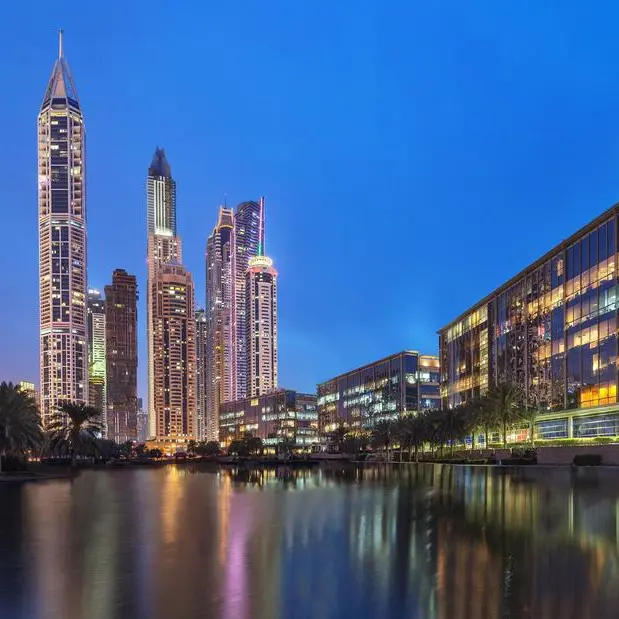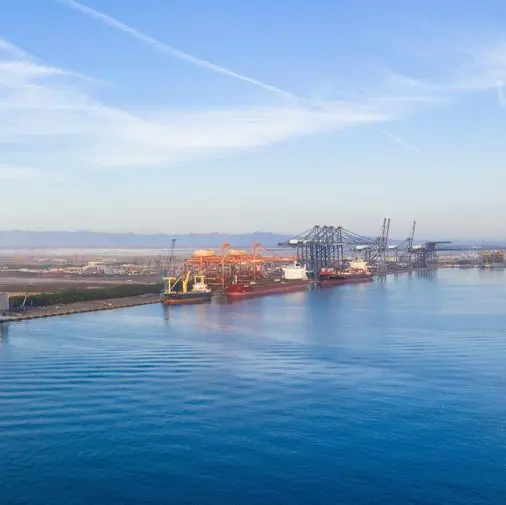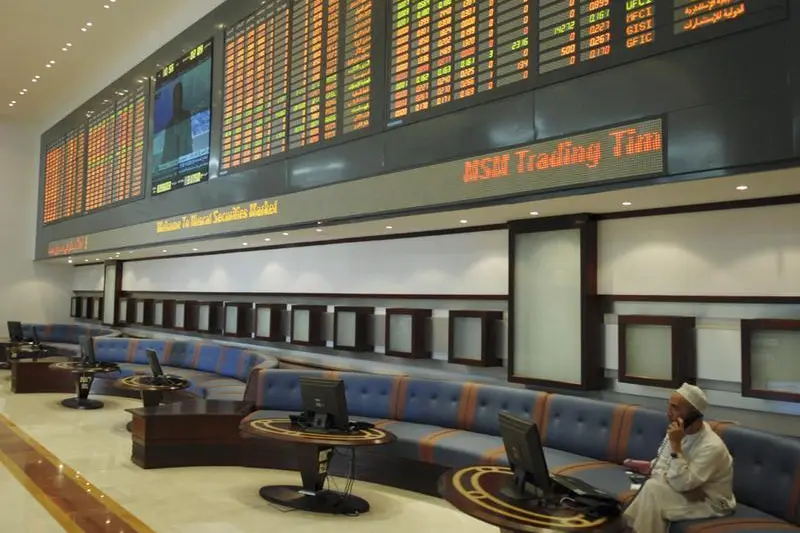PHOTO
Tell us more about Court of the Blockchain.
Al Owais said that the Court of the Blockchain is an initiative launched in July 2018 in partnership with Smart Dubai, with the ultimate aim of creating the world’s first Court of the Blockchain, in line with the Dubai Blockchain Strategy 2020.
In the preliminary stages, the alliance has been working to explore the activation of cross-border enforcement of legal judgments through the blockchain—namely how blockchain could aid the verification of court judgments for cross-border enforcement.
Under the present structure, when a person attempts to achieve a crossborder enforcement, he or she must go through a cumbersome process involving verification of the judgement by stamping and paperwork: this must go through multiple authorities, moving from one court to the other.
Blockchain technology can enable more accessible, efficient and cheaper enforcement verification procedures by creditors, limiting a debtor’s ability to move funds whilst a judgement is being authenticated to be used internationally.
The records in a blockchain database represent definitive proof as to the owner and origin of the judgement, allowing court officials on the network to trace the judgement back to its genesis block and confirm its authenticity. In addition, every record in the blockchain has a timestamp and unique cryptographic signature, thus making the ledger an auditable history of all transactions in the network.
Thus, removing the hurdles of inefficiency, allowing cost effectiveness while empowering timely justice and unparalleled convenience. The next stage of building the Court of the Blockchain will seek to combine expertise and resources to investigate the handling of disputes arising out of private and public blockchains, with regulation and contractual terms encoded within the smart contract.
Currently, blockchain-based smart contract transactions are irrevocable and there is no technical means to unwind a transaction. The joint taskforce between the DIFC Courts and Smart Dubai will model smart contracts across the blockchain that incorporate logic, and allow for various forms of exceptions and conditions, for seamless and more efficient dispute resolution.
An open source platform ecosystem for dispute resolution of crypto transactions allows users to opt into a conflict resolution mechanism that enables more nuanced crypto solutions and produces greater certainty for legacy businesses than existing solutions.
Moreover, while smart contracts are coded as self-executing contracts, they do not necessarily provide effective mechanisms for enforcement, especially if one party breaches his or her obligations in the smart contract—blockchain can remove this hurdle.
Expectations from the private sector increasingly require the bold engagement of public service and of regulatory agencies. The DIFC Courts ambition is to contribute in creating a level-playing field between businesses, by re-engineering the way that commercial justice is designed and delivered.
As goods and services travel across the global supply chain, they will seamlessly cross borders, so we need a seamless judicial platform that can do the same by creating a court system that can understand the virtual supply chain and deliver a decision that can be executed around the world.
The Court of the Blockchain will have the capability to support supply chains operating virtually, with dispute resolution encoded into the blockchain, with virtual currency. Those supply chains will develop and advance to the point that smart contracts will replace traditional contracts, and we will see them become ubiquitous even for SMEs operating on a public blockchain.
In the future, it is expected that we will see not only the contract encoded into the supply chain, but also the applicable laws and regulations. At that point, it will be the blockchain itself that resolves most contractual disputes.
This will allow companies to scale up faster than ever, with suppliers and customers knowing disputes can be resolved (and decisions enforced) in seconds versus months or years. How far has the taskforce come in exploring the feasibility of utilising blockchain in legal disputes?
We are still in the early stages of the taskforce and we have a long road ahead of us, not only in terms of developing the technology and undertaking the research and development required to build the blockchain, but also in building the network of international courts required for cross-border enforcement. Without the agreed cooperation of other local, regional and international courts, then the task is redundant before it
even starts.
What kind of challenges have you faced in carrying out this initiative?
One of the key challenges we are facing in creating the Court of the Blockchain is working to secure firm commitment from other courts. In September 2018, we attended the Standing International Forum of Commercial Courts (SIFoCC) in New York—a conference that brings together the leading commercial courts from around the world.
The DIFC Courts presented a whitepaper to the Forum, advocating the Court of the Blockchain blueprint, whereby commercial courts work together to deliver the process of enforcement through the Blockchain. Following this meeting in New York, we have created a working group with the top global commercial courts in order to cement and bring forward international coordination with this project.
What are your views on the future of technology in legal processes?
As with every other sector, the legal industry is now compelled to adopt technology to become more user-friendly, as the fast-paced of digitalisation continues to change people’s expectations of services and companies.
The physical nature of traditional courtrooms has cemented their place over time as an intimidating, restricted institution that is growing increasingly unfit to solve complex and far-reaching disputes. The only way is through technology: the court needs technology to allow parties to come together in a forum which best serves their interest in finding a solution.
Technology will enable courts of the future to bridge barriers of language, borders, jurisdiction and currency and enable them to keep pace in an interconnected global world, harnessing technology to deliver ‘courts as a service’.
For example, as part of ongoing Case Management System (CMS) infrastructure, DIFC Courts became the first courts in the Middle East to introduce a new secure cloud-based technology to allow court documents to be uploaded from anywhere in the world.
This e-bundling service enables judges, lawyers and courts staff alike to access case information in various formats, across multiple locations, and share them with numerous users. In another move designed to help people and businesses resolve disputes more quickly, the DIFC Courts Small Claims Tribunal (SCT) is giving claimants the option to use direct and instant messaging (social media platforms) to give defendants notice as part of an expanded range of e-services.
However, as exciting as the many new technologies at our disposal may be, it is important to remember that they are just tools to help us on our journey. We must not forget that judicial excellence and serving the court user is the ultimate destination, whether it’s through innovation or face-to-face engagement.
© 2019 CPI Financial. All rights reserved. Provided by SyndiGate Media Inc. (Syndigate.info).























